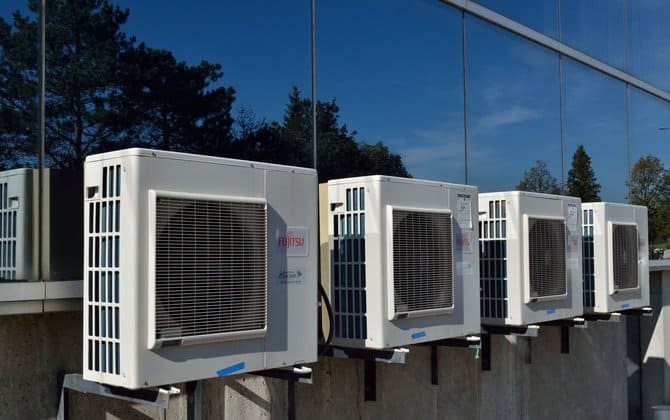
Centromac specialises in providing high-quality industrial equipment and solutions to various industries. One of the company’s core offerings is the shell and tube heat exchanger, a crucial component in many industrial processes.
A shell and tube heat exchanger is a type of heat exchanger comprising a shell (or outer vessel) and a series of tubes within the shell. The fluid that needs to be cooled or heated flows through the tubes, while the liquid used to cool or heat the first fluid flows around the tubes in the shell. This allows for efficient heat transfer between the two fluids.
There are several benefits to using a shell and tube heat exchanger in an industrial process. One of the main advantages is that it can handle high pressure and temperature differences between the two fluids. This makes it an ideal solution for applications requiring precise temperature control or involving high-temperature fluids.
Another benefit of a shell and tube heat exchanger is its versatility. They can be used in various industries, including oil and gas, chemical processing, power generation, and food and beverage production. In addition, they can handle different fluids, including gases, liquids, and slurries.
In addition to their versatility, shell and tube heat exchangers are also known for their efficiency. They can transfer large amounts of heat between the two fluids, meaning less energy is required to achieve the desired temperature change. This can result in significant cost savings for industrial processes.
Centromac offers a range of shell and tube heat exchangers to suit various industrial applications. These include the following:
· Fixed tube sheet heat exchangers: This is the most common type of shell and tube heat exchanger and is ideal for applications where the two fluids have similar thermal properties. The tubes are fixed into a tube sheet, which is then bolted into the shell. This creates a seal between the two fluids, which prevents them from mixing.
· U-tube heat exchangers: This type of heat exchanger is ideal for applications where one of the fluids is prone to fouling or scaling. The tubes are bent into a U-shape, making cleaning them easier if necessary.
· Floating head heat exchangers: This type of heat exchanger is ideal for applications where the two fluids have significantly different thermal properties. The tube bundle is mounted on a floating head, which allows it to expand and contract as the temperature changes. This prevents the tubes from cracking or leaking.
· Double pipe heat exchangers: This is a simple and cost-effective shell and tube heat exchanger type. It comprises two pipes, one inside the other. The fluid that needs to be cooled or heated flows through the inner pipe, while the liquid used to cool or heat the first fluid flows through the outer pipe.
Centromac‘s shell and tube heat exchangers are designed and manufactured to the highest standards to ensure maximum efficiency and durability. They are made from high-quality materials, such as stainless steel, carbon steel, and copper, to ensure they can withstand industrial applications’ demands.
In addition to our standard range of shell and tube heat exchangers, we also offer custom solutions to suit specific customer requirements. This includes designing and manufacturing heat exchangers to handle corrosive or abrasive fluids or to operate at high pressures and temperatures.
Contact Centromac for details
If you want to know more about our shell and tube heat exchangers or request a quote, get in touch with a representative from Centromac today. Alternatively, please continue browsing our website for additional information on our offers.



